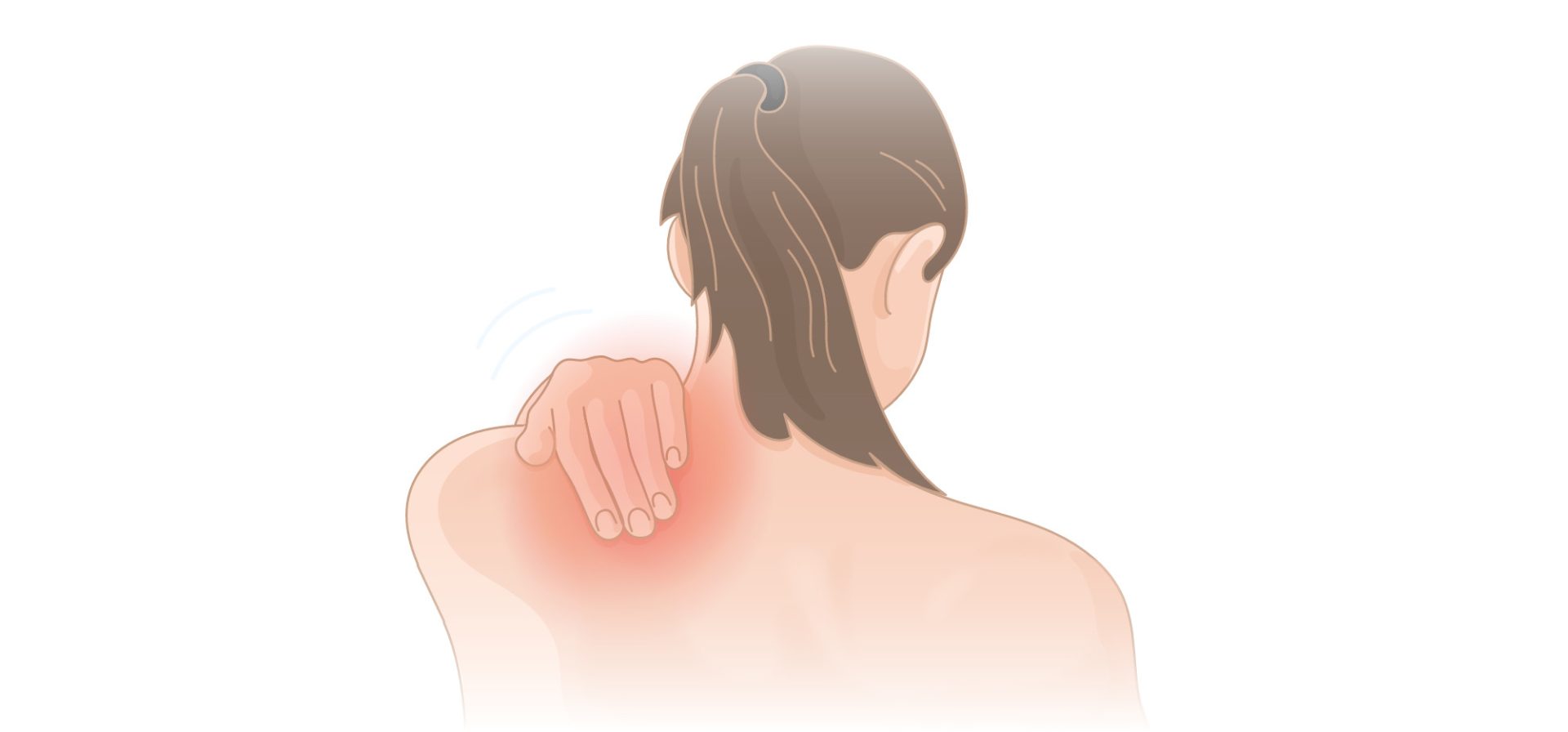Cervical nerve root impingement, also known as cervical radiculopathy, occurs when a nerve root in the cervical spine (neck) becomes compressed or irritated. The cervical spine is made up of seven vertebrae that are separated by discs and connected by muscles and ligaments. The nerve roots exit the spine through small openings between the vertebrae and travel to various parts of the body, including the arms and hands.
Cervical nerve root impingement can be caused by a variety of factors, including degenerative changes in the spine, herniated discs, and arthritis. It can also be the result of an injury or trauma to the neck. Symptoms of cervical nerve root impingement may include pain, numbness, tingling, and weakness in the neck, shoulders, arms, and hands. In severe cases, it may cause difficulty with fine motor skills or even paralysis.
Treatment for cervical nerve root impingement often responds well to conservative management. Non-surgical treatment options may include non-steroidal anti-inflammatory drugs (NSAIDs) to reduce inflammation and pain, muscle relaxants to reduce muscle spasms, and corticosteroid injections to reduce inflammation. Physiotherapy managements helps to alleviate pressure on the nerve roots, reduce symptoms, restore range of motion, regain muscle strength and return to full function. In severe cases, surgery may be necessary to remove the source of impingement, such as a herniated disc or bone spur.
It is important to seek medical attention for cervical nerve root impingement as soon as possible to prevent further damage to the nerve roots and to ensure proper treatment. Early diagnosis and treatment can help to reduce the severity of symptoms and improve the chances of a full recovery.
We recommend applying the 5 stages of rehabilitation to Cervical Nerve Root Impingement:
- Reduce pain and symptoms – Initial management is focused on reducing pressure and irritation to the nerve to help reduce inflammation and ease pain and symptoms. Treatment may also focus on optimizing other parts of the body to help offload the neck. Often medications are required to help in this early management and referral to your General Practitioner may be required to discuss options.
- Restore range of motion – When symptoms settle and more movement can be performed without applying pressure to an inflamed nerve root treatment focus can shift to restoring range of motion. This may involve mobilization of the neck joints, muscle release and muscle stretches.
- Restore motor control. Postural and movement control are vital to regaining full muscle function and prevent symptom aggravation. Exercises such as deep neck flexor activation and cervical rotation on the chi ball, or postural correction / prompting when completing supervised exercise can help restore cervical proprioception.
- Strengthen – Strengthening postural, neck and upper limb muscles helps to condition the neck to handle higher load tasks and prepare for the many demands of life. Achievement of good motor control will ensure correct movement patterns and, in turn, enable the muscles to be strengthened.
- Maintenance –In many cases the cause of nerve root impingement either doesn’t fully resolve or cannot be fully negated. In this situation maintaining the postural, strength and range of motion gains in earlier stages of rehabilitation are vital to prevent recurrence.
More general information from the Australian Association of Physiotherapists regarding nerve root impingement can be found here: https://choose.physio/your-body/neck/pinched-nerve-cervical-radiculopathy


